Introduction, see Netherlands for a good example of this
Subdivisions
Argentina is divided into 23 provinces, or provincias, plus one autonomous city, or ciudad autónoma:
- Buenos Aires (autonomous city)
- Buenos Aires (province)
- Catamarca
- Chaco
- Chubut
- Córdoba
- Corrientes
- Entre Ríos
- Formosa
- Jujuy
- La Pampa
- La Rioja
- Mendoza
- Misiones
- Neuquén
- Río Negro
- Salta
- San Juan
- San Luis
- Santa Cruz
- Santa Fe
- Santiago del Estero
- Tierra del Fuego
- Tucumán
License Plates
See Norway or Portugal for a good example of this
Phone Codes
See Bulgaria, Ukraine, or Hungary for a good example of this
Roads, Markings, and Signage
Haven't finalized the format of this, but feel free to take a crack at it, and suggest what you think is good :)
Highways & Road Numbering Schemes
See Netherlands or Portugal for a good example of this
Geography
Argentina has an incredibly diverse landscape, from the flat and expansive Pampas grasslands in the east to the tall Andes mountains in the west; the forests in the north to the steppes of Patagonia in the south. Here are the major geographical regions of Argentina:
-
Northwest / Altiplano

A fairly diverse subregion itself, the Northwest region is largely composed of the Altiplano, a high plateau in the central Andes. There are many barren mountains, and the region has a similar feel to southern Bolivia and Peru. The eastern edges feature a more forested look.
- Jujuy
- Salta
- Tucumán
- Catamarca
- La Rioja
-
Chaco
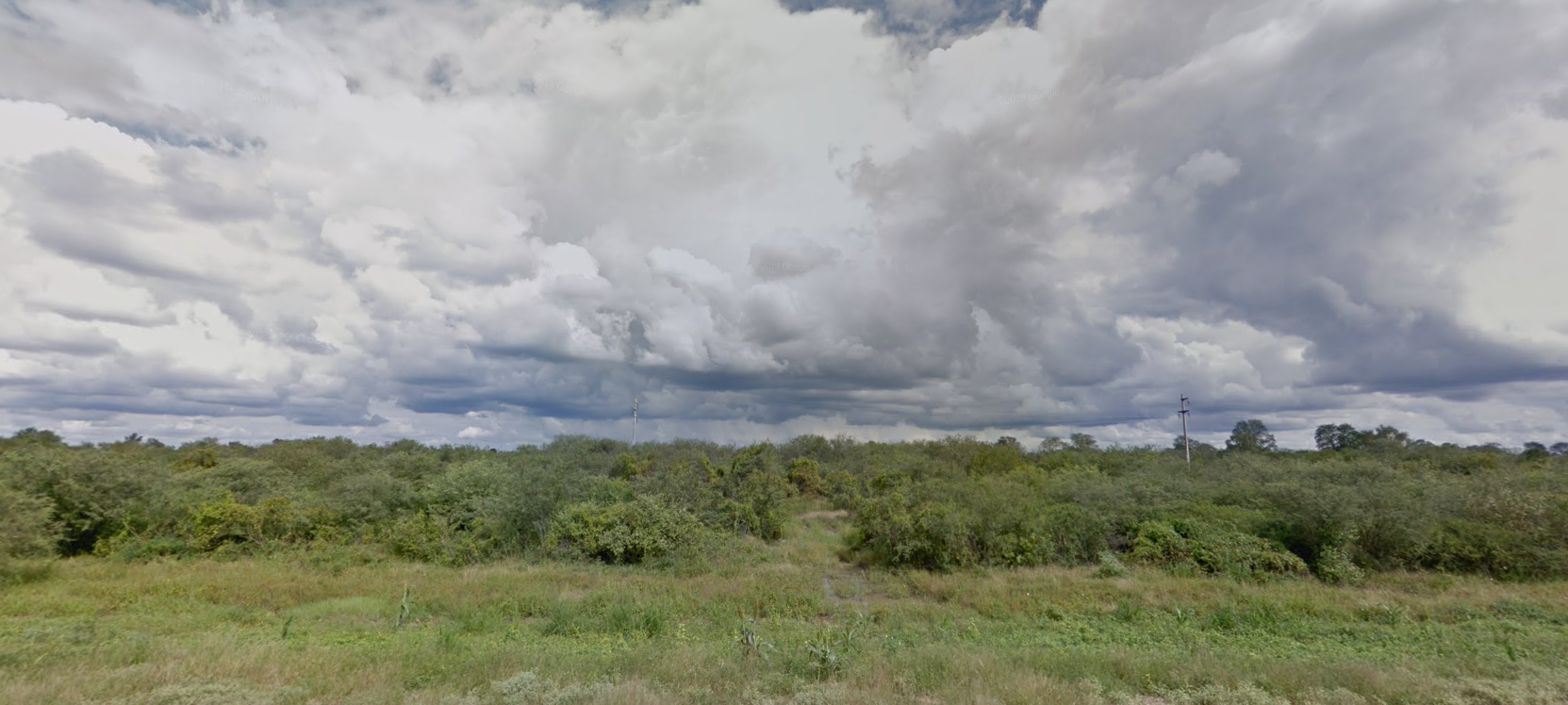
The Gran Chaco is a large region that expands beyond northern Argentina across most of Paraguay and some parts of Brazil and Bolivia. It is fairly flat, with a fair amount of greenery and an almost tropical feel with the faintly red soil.
- Formosa
- Chaco
- Santiago del Estero
-
Mesopotamia
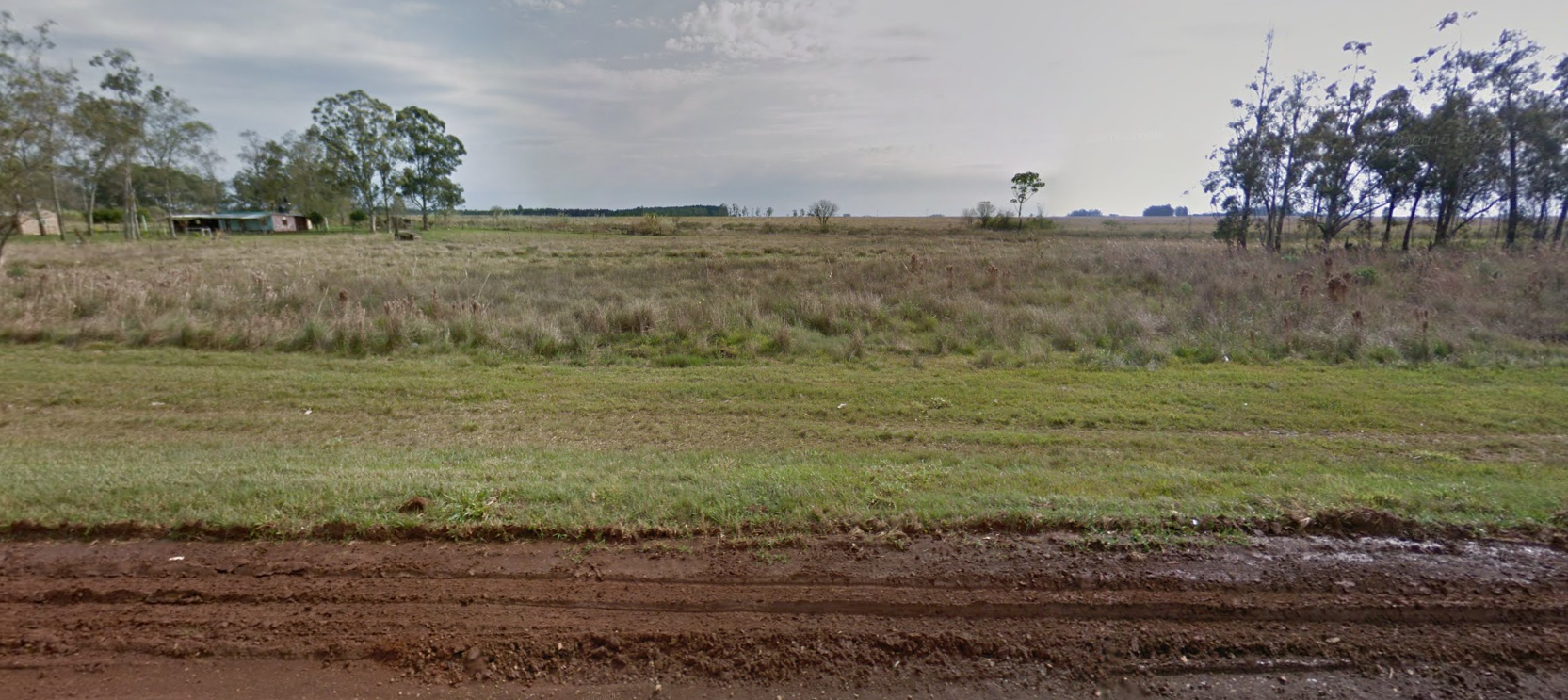
This region extends along the area between the Paraná and Uruguay rivers and into the northeastern panhandle. It feels very tropical in the northeast, and has a sparser spread of trees in the south than the Chaco region. The soil here is very red, similar to most of Brazil.
- Misiones
- Corrientes
- Entre Ríos
-
Pampas
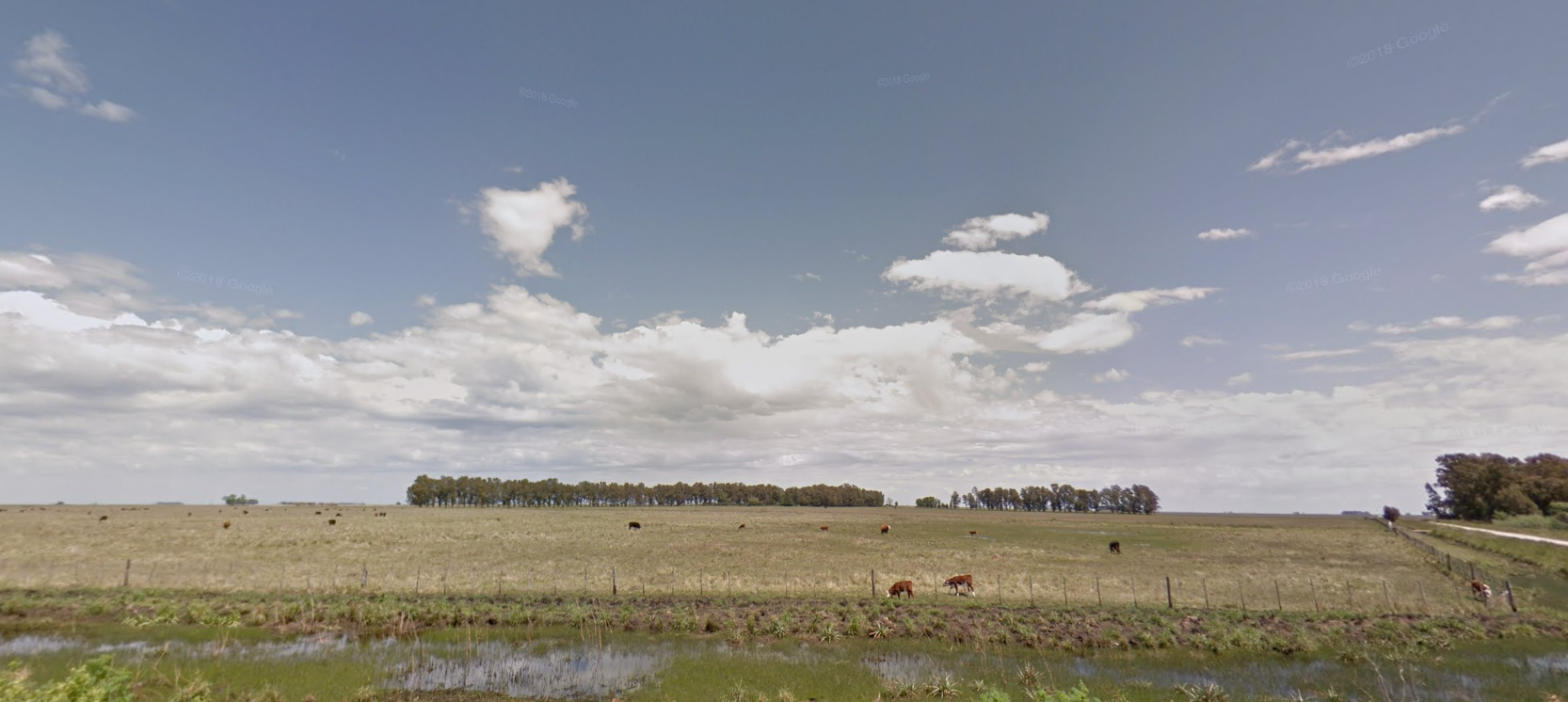
The Pampas are one of the largest regions of Argentina, comprising much of the areas west and south of Buenos Aires. This region is characterized by a very flat and dry grassland landscape, with a lot of space reserved for grazing. Trees are usually found in clumps between plots, and very little elevation change is seen.
- Santa Fe
- La Pampa
- Buenos Aires
- Córdoba
-
Cuyo
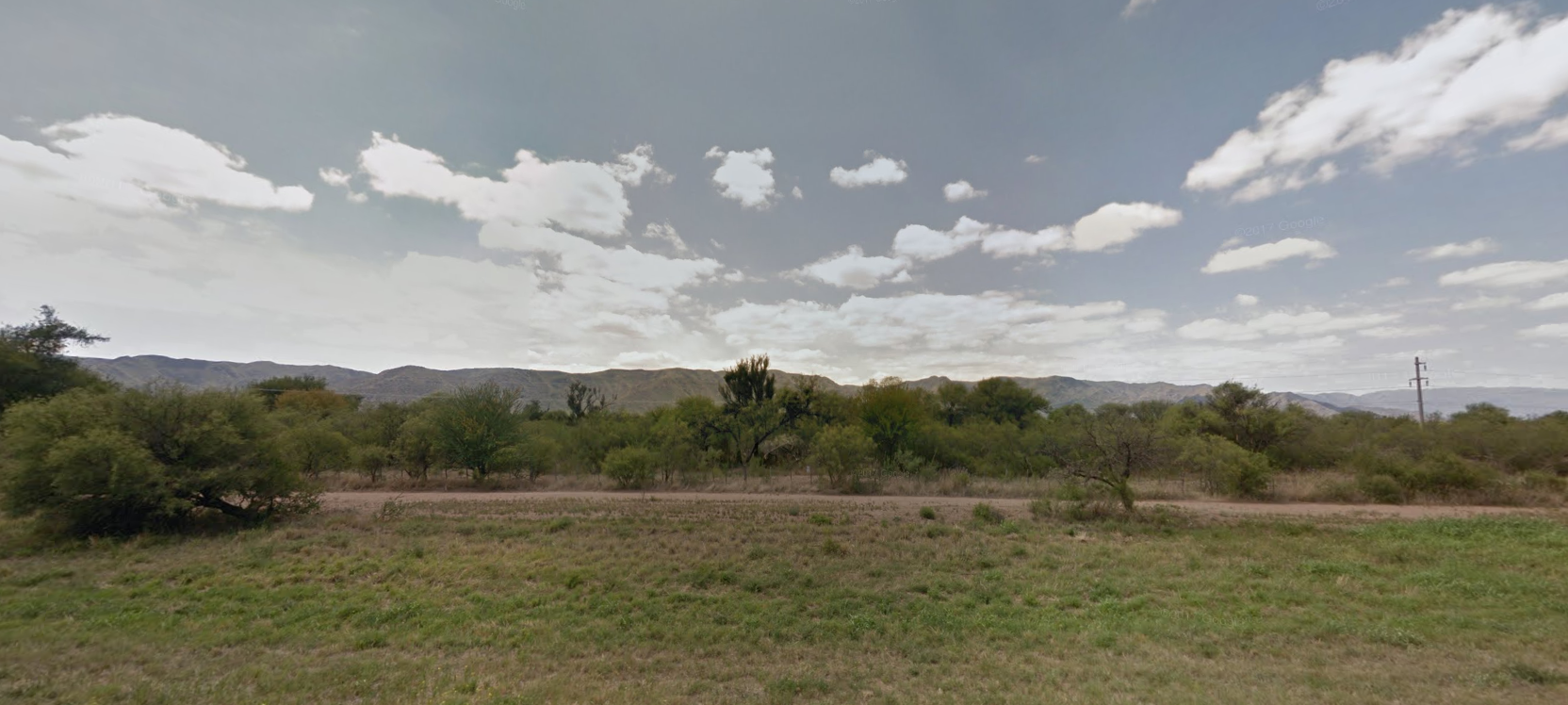
The Cuyo is Argentina's mountainous wine country, and as such features a Mediterranean feel and the long, extended mountain ridges of the Sierras. It can be very arid in the northern regions however, while the central and southern regions can feel similar to Mexico or the southwestern United States.
- San Juan
- Mendoza
- San Luis
-
Patagonia
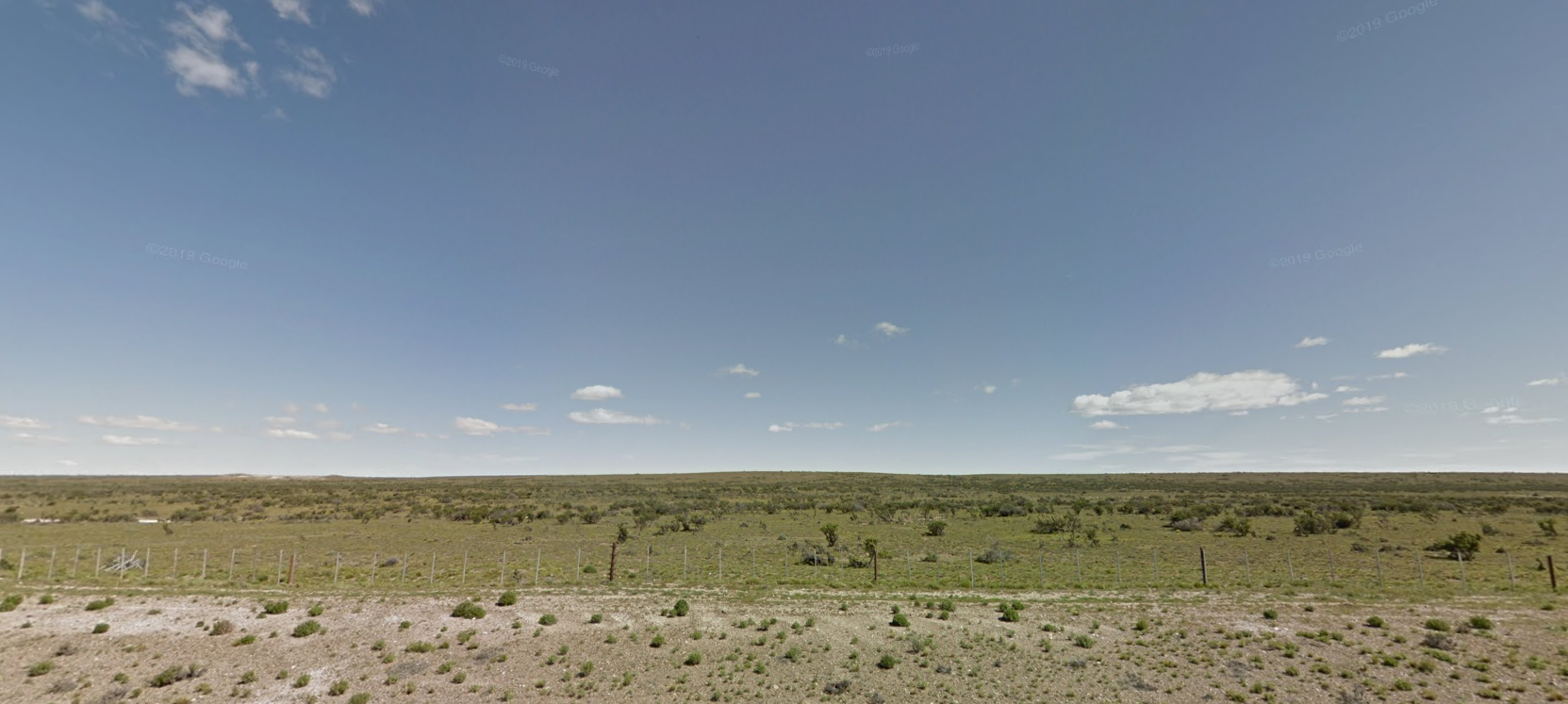
Patagonia is the largest and possibly the most famous of the Argentinian regions. It features a steppe-like landscape, with mostly flat (but occasionally rolling) terrain dotted with fewer and fewer shrubs the further south you go. The only prominent mountains in the eastern half of the region can be found around Comodoro Rivadavia
- Rio Negro
- Neuquén
- Chubut
- Santa Cruz
- Northern Tierra del Fuego
-
Andes & Tierra del Fuego
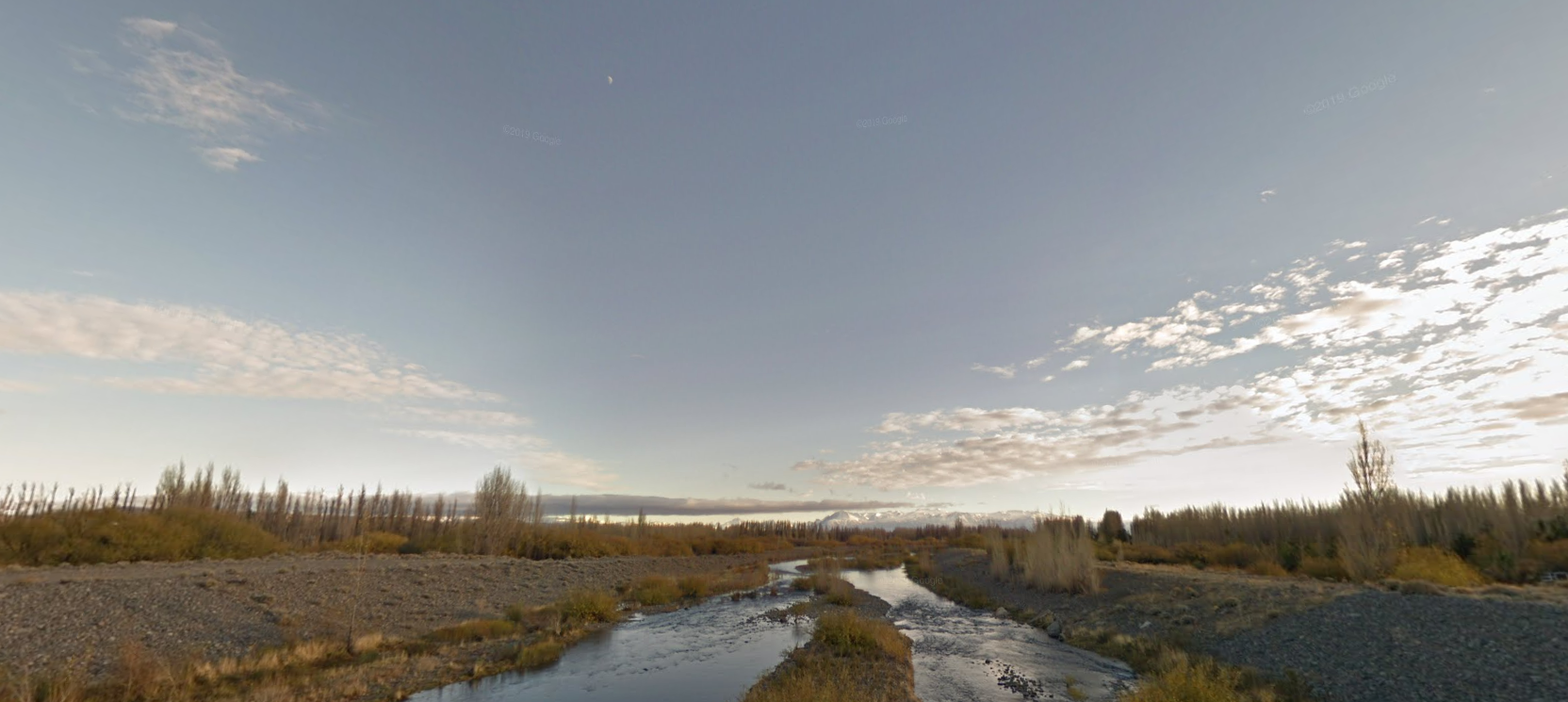
Although in most regards these regions are merged into those above, the Andes mountains stand in stark contrast to the rest of the Argentine landscape, and only take up a fraction of the area of most provinces in the region. In general, they are more snow-capped the further south you go, and the region as a whole frequently features forests with flowers lining the side of the roads. This continues into the Tierra del Fuego, especially in the south; whereas the north of the island features a landscape similar to Patagonia.
All along the western border with Chile
- Western Neuquén
- Western Rio Negro
- Western Chubut
- Western Santa Cruz
- Southern Tierra del Fuego
Architecture
Haven't done anything on this yet, Simi's the expert
Language
Spanish is the de facto official language of Argentina, and is the language you will encounter most often. It is characterized by its use of the tilde on top of an N, and the use of inverted punctuation at the beginning of phrases. There are several recognized regional languages in various provinces:
- Guaraní in Corrientes
- Quechua in Santiago del Estero
- Qom, Mocoví, and Wichí in Chaco
- Welsh in Chubut
Script
Spanish uses the 26 standard letters of the Latin alphabet, plus one extra character (Ññ):
Aa Bb Cc Dd Ee Ff Gg Hh Ii
Jj Kk Ll Mm Nn Ññ Oo Pp Qq
Rr Ss Tt Uu Vv Ww Xx Yy Zz
In addition, Spanish employs the acute accent over vowels:
Áá Éé Íí Óó Úú
Spanish is also notable for using inverted exclamation and question marks at the beginning of their respective phrases:
¡...!
¿...?
Sample
Todos los seres humanos nacen libres e iguales en dignidad y derechos y, dotados como están de razón y conciencia, deben comportarse fraternalmente los unos con los otros.
Meta-Gaming
Anything specifically related to Street View goes here, including coverage, Google car, rifts, etc.